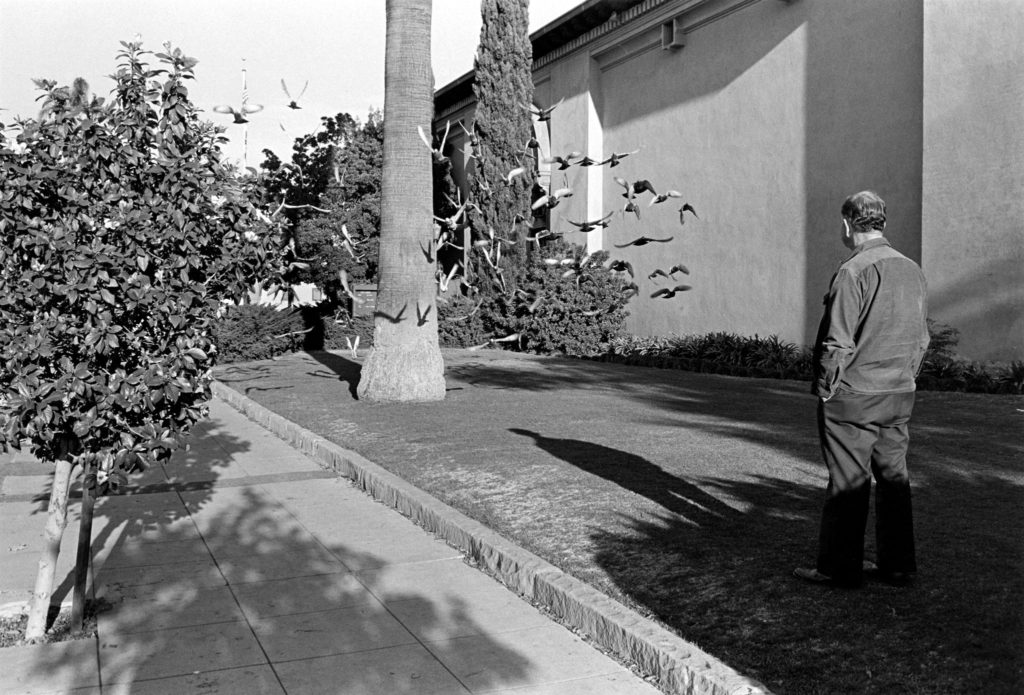
In “Santa Barbara, Calif., 1977,” Wessel took a picture of a man standing on a lawn staring at a flock of birds in flight. Wessel had been standing at a bus stop at the time. “As I approached this scene, the birds were feeding in the grass,” he said. “Startled for some reason, they took flight. I instinctually shot, exposing three frames before they were gone. When I look at it now, I marvel at how much of the world is hidden in the flux of time.”
Henry Wessel Jr. (1942-2018) grew up in Ridgefield, New Jersey. He studied psychology at Penn State University, graduating in 1966. After he came upon Mr. Szarkowski’s book “The Photographer’s Eye” and through it discovered the work of Eugene Atget, Robert Frank, Lee Friedlander, Wright Morris and Garry Winogrand, he abandoned psychology and pursued photography. Wessel’s photographs are deceptively simple, yet there’s ‘something’ contained within them that, while inarticulable, is noticeably present. Like all good visual art, there’s a tension contained within it, something that requires the viewer’s imagination to complete.
Wessel moved to southern California in 1969. He was fascinated by the western light from the moment he arrived in Los Angeles. “I walked out of the airport into one of those clear, sharp-edged January days,” he said. “The light had such physical presence; it looked as though you could lean against it.” That physicality of light is a feature of so many of his photographs.“The high Western light that fills his pictures seems almost hallucinatory,” Tod Papageorge, former director of the graduate program in photography at Yale, wrote in an email to The Times in 2006. The Curator Emerita of Photography at the San Francisco Museum of Modern Art, Sandra Phillips, described his work as “witty, evocative, and inventive… distinctive and at the same time a component part of the great development of photography which flourished in the 1970s.”
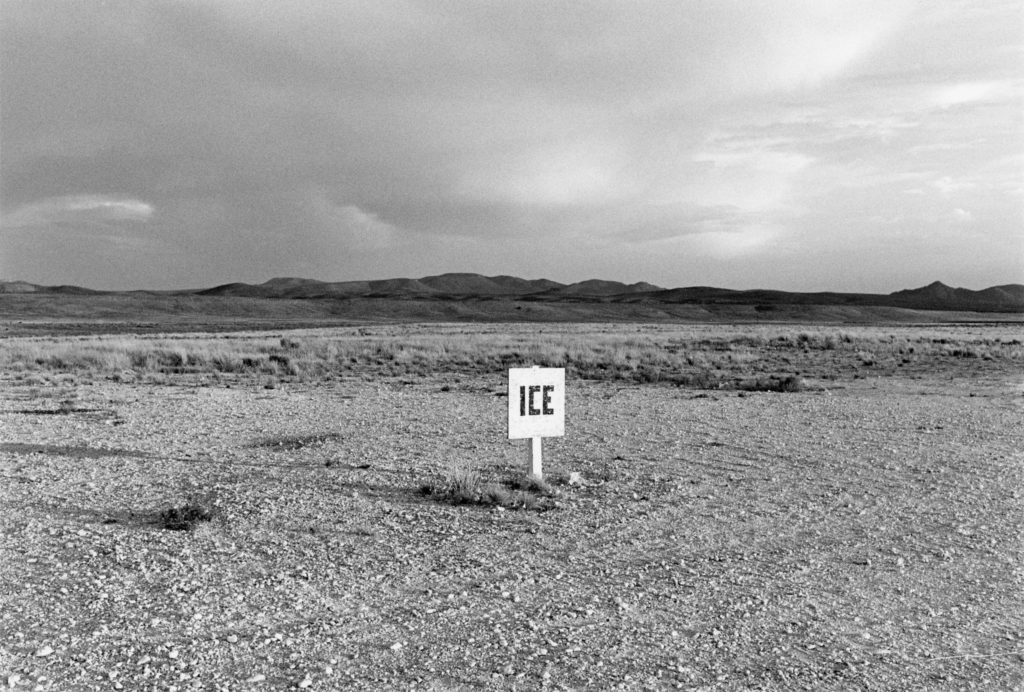
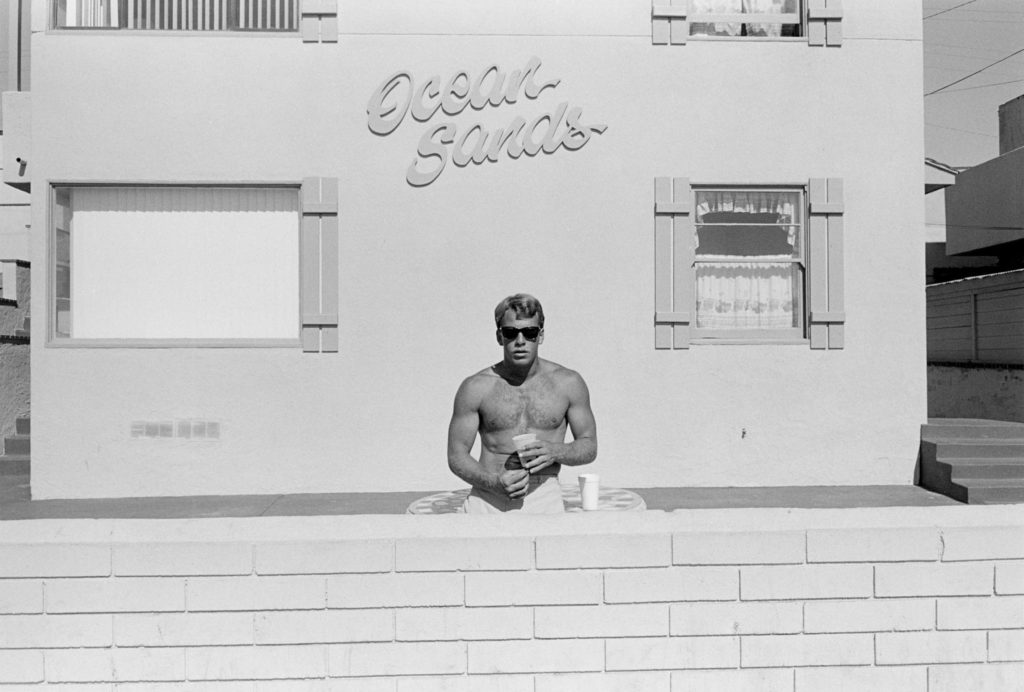
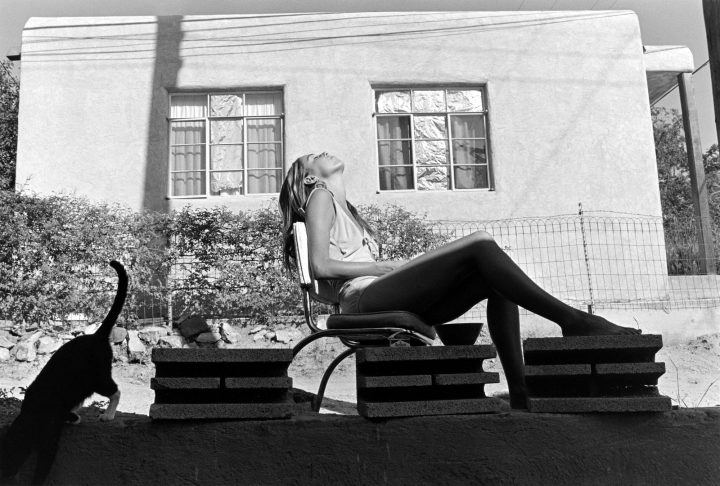
Wessel headed the photography program at the San Francisco Art Institute, joining its faculty in 1973. He advised his students that after they took their pictures, developed the film, and printed the contact sheets, they should put them away for a year. “If you let some time go by before considering work that you have done, you move toward a more objective position in judging it,” he said. “The pleasure of the subjective, physical experience in the world is a more distant memory and less influential.”
According to Wessel, the most important photographic choices were “where to stand and when to shoot,” followed by keeping technological choices to a minimum. Learn to use one camera and one lens. By limiting your tools to a single camera – a Leica M with 28mm – your sense of how light translates to film, and then to paper, would become instinctive. Mr. Wessel was never without his Leica and always alert to what was going on around him.“Most musicians I know don’t just play music on Saturday night,” he told The New York Times in 2006. “They play music every day. They are always fiddling around, letting the notes lead them from one place to another. Taking still photographs is like that. It is a generative process. It pulls you along.”
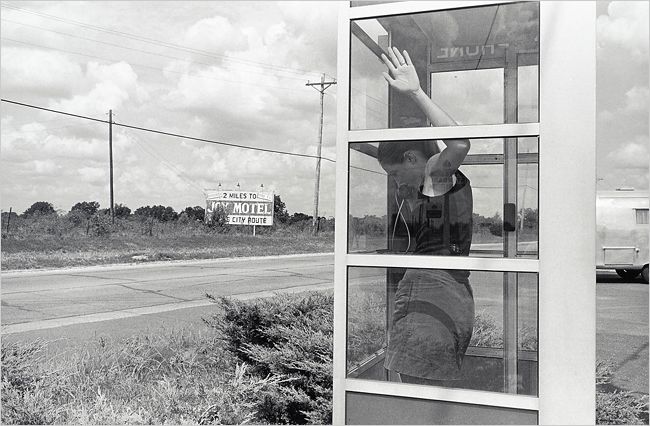
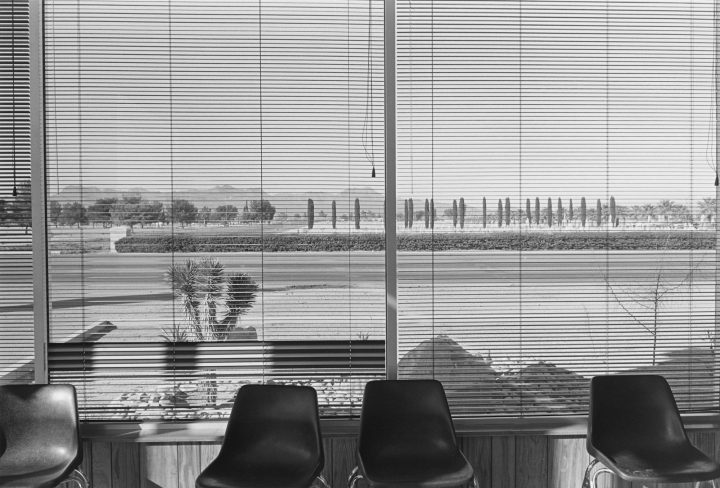
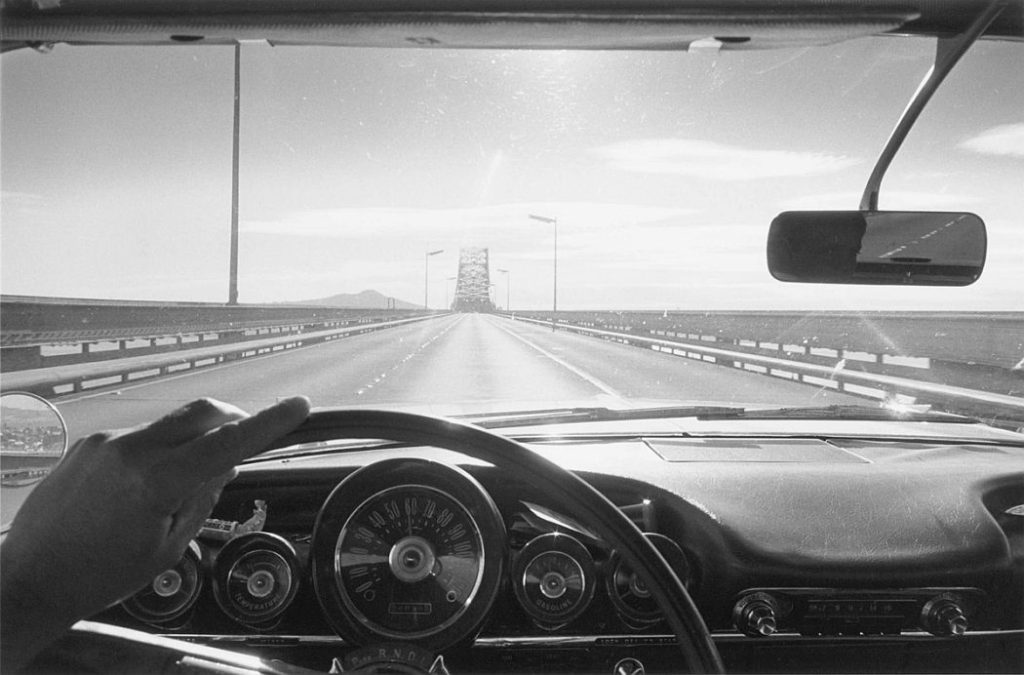
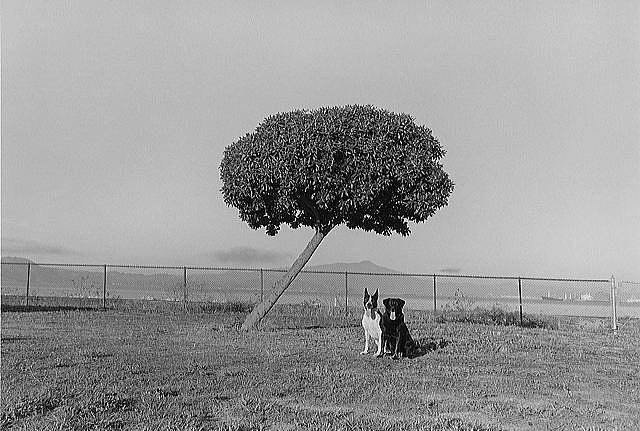
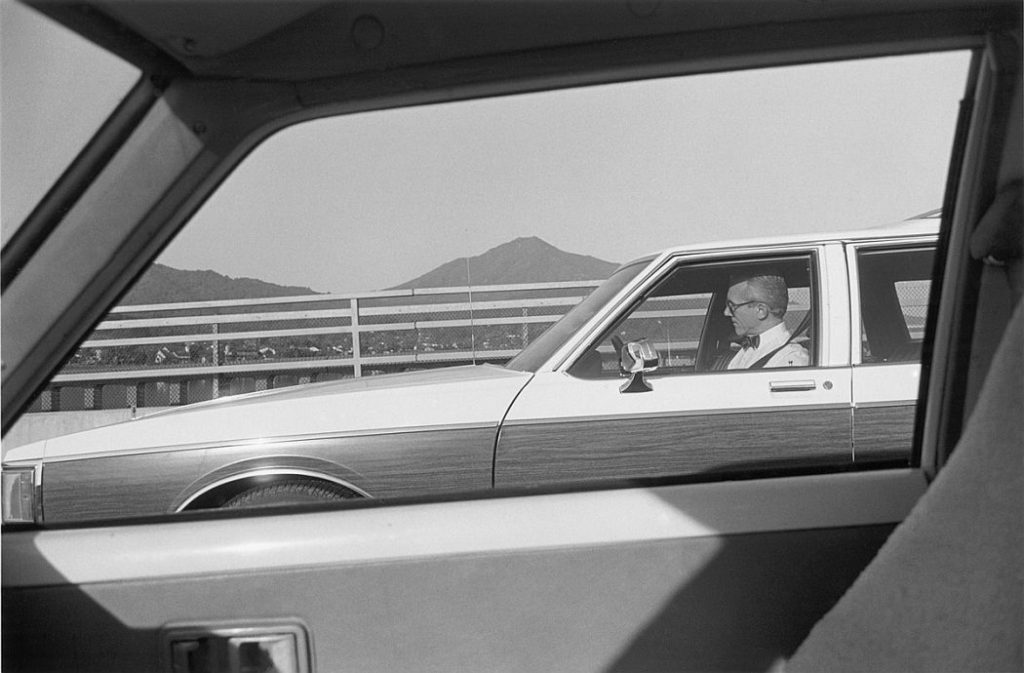

Most often, this is how I take photographs. Capture a scene on instinct, then go back later to examine what it was that attracted my attention… and discover the parts that were invisible or subliminal. I must say that digital images make it very easy to zoom into to see details. Sometimes I can get lost inside a photo for an hour.
His dictum of shelving the contacts for a year before looking at the work again has a validity of sorts, but is hopelessly out of synch. with the world. Especially is it out of synch. in the digital age. One would presumably make a photo for either or both of two reasons: for money; for fun. In neither case is there the incentive to hide the work away.
It’s a kind of ivory tower mindset that assumes one has some grander purpose behind one’s photography than either of the two I mentioned; does anyone know anyone who behaves in that suggested manner? (Unless they pile up unprocessed film! 🙂 ) I think of myself as serious about what I do as anyone else, especially as these days I go through all the effort for that one guy, moi. Of course I’m not gonna wait unless I have to do something else more important first.
If this sounds sour, forgive me: it’s been one motherfucker of a day that started with a line from the credit card folks telling me I had missed a payment. As I hate debt and always pay in full, and have the cheque stubs (I don’t trust online banking one iota), I decided to write to the company giving them the information. Nice, polite letter penned, I tried to print it. No friggin’ way would it fly. I tried using my other older computer too, and it also refused to print it. Both just run two sheets of paper through the printer with one line printed, but the older one at least tells me it can’t connect with the printer. Which is crap, for they both connect, or how could they print out the same line?
I tried uninstalling and reinstalling, all to no avail. I suppose tomorrow I need to go and buy another, but first I shall have to telephone the card people or this will go from bad to worse. No point trying to repair: labour cost more than the little printer.
I hate days like this; I have managed nothing else except make myself a lousy lunch, the rest of the time
trying to guess what’s wrong with the damned HP. What hope did Henry have of finding me receptive to his higher purposes?
🙁
It took me quite a while to “get” Wessel and I’m sure I still fail to get many of his photos. The light is definitely the subject. He also was a master of framing, timing and…well, seeing. A bit of scrutiny of his photos offers great rewards.
Rob, I recently dusted off an old typewriter and gave it a spritz of oil. Now it works pretty well and is perfectly adequate for short messages. Typing does take more care and forethought though, rather like film photography.
Hey, a man after my own heart! I still have my Olivetti Letters 32 that saw me through my entire career. Funny thing: I could type letters with very infrequent recourse to Tippex (wasn’t the mother of one of the Monkees daughter to the fortune?) whereas with a keyboard my typing is shockingly bad, and I rewrite each sentence several times in several bits as I go along. It is either age, dyslexic fingers or a mind still faster than my body. Unless I’m being mugged by street bitches.
I didn’t believe that typewriter ribbons still existed! Electric typewriters were considered a huge step forward at the time, and printed very cleanly.
I have now completed the first two sections of my website reconstruction (Working and Projects); it looks fine on the computer as original material, as well as on my little iPad, but seen on a computer (as website) it saddens me: all the text looks fuzzy as hell. I’m told it’s all about jpeg compression on the Internet, but there has to be a way to combine photos and text in a single file and have it look good. Folks talk about uploading different files than jpeg, but even using Save For Web gets me exactly the same problem and yet more jpegs. Anybody hold the key?
Shameless plug over.
🙂
This is the problem when combining an image and text within a jpg file. You’ll notice the compression more on the text than on the image.
Frankly I wouldn’t do it unless I had to. All of the text on my website is contained within html files. That said, I’ve looked at your site on my workhorse computer and the text doesn’t look too shabby: really it’s fine.
The work, as usual looks excellent and I particularly like the separation between the ‘Working’ and the ‘Projects’.
Thanks, Keith, it gets a bit depressing spending time on my ass at the desk and then feeling let down by the system.
I investigated via Dr Google, and there are suggestions to upload using PNG-24 instead of jpeg, but I can’t find such a file type listed in the Save As of my PS version. I think I have CS2, but the tutorials on the web appear to be on far more modern versions. Oh well, as I have no idea what kind of screens anyone else will be using to view, it’s probably daft getting too concerned.
On the face of it, the style of format I’ve come up with looks simple enough, but getting the page numbers synched is a nightmare. The first upload to the site resulted in a panic: I’d altered the sequences slightly but had forgotten to change the page numbers. I didn’t know whether to pull the entire thing or just do it bit by bit, which is what I eventually did do. One drawback with page numbers is that if they flow on into another subject, the you have pretty much closed the door on continuing later on if another pleasing image comes along in the earlier theme.
I sympathise with Tim having to cope with all this stuff for his book; at least I don’t need to liaise with printers, who were awkward enough with simple calendars. My Hewden/Stuart one came as 42 versions, one version for each of the member companies, and slightly different covers. Mindbending.
Actually, the most time-consuming bit is finding the images in my hard drives. As you know, Weebly changes the image numbers and so it’s virtually impossible to trace file numbers from clicking on my own website. Also, for years I’d been using PSD files and they don’t open as thumbnails as do jpegs when running through the lot in the folders. It was you who suggested I start working in Tiffs, and that’s what I did evet since, thank God, because they do show up as thumbnails more quickly.
But then it keeps me occupied, and stops me fretting about staying home except for shopping.
Ciao – Rob
Indeed, Monkee Mike Nesmith’s mother invented ‘Liquid Paper’ correction fluid. You can still buy it, and typewriter ribbons too. As with everything these days, there’s a whole typewriter subculture hidden away out there on the web.
Of course, people are always surprised when I tell them that it’s still possible to buy photographic film in almost every drug store.
I got a lot out of Wessel’s work. Have to like the KISS approach although it’s not for everyone.
Leaving those images for a year always worked for me although with digital it’s a challenge to just pigeon hole it and come back later.
Being from the Bay Area I would run into photog’s that had studied at the Art Institute and have to say he helped turn out some good folks….he was worth seeing and listening to which is a rare commodity these days.
I was down at Mare Island the other day and it was a fine light and I was standing there and it came into my head that Wessel would have liked it right about now…the idea was just out of nowhere.
His shot of Winogrand and his daughter kind of stuck with me….
Thanks for real for this Wessel piece – didn’t know from this guy at all.